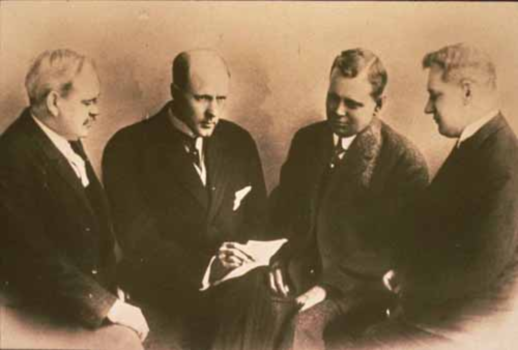Background
When a lawyer named Paul Harris, a coal dealer, a mining engineer, and a merchant tailor first met in 1905 in Chicago, they gave birth to Rotary and, by the nature of their diverse occupations, to one of the organization’s most distinctive features – the classification principle. That principle remains a cornerstone of Rotary today.
When a lawyer named Paul Harris, a coal dealer, a mining engineer, and a merchant tailor first met in 1905 in Chicago, they gave birth to Rotary and, by the nature of their diverse occupations, to one of the organization’s most distinctive features – the classification principle. That principle remains a cornerstone of Rotary today.

Upon joining Rotary, a member is assigned a classification – usually by the Board of Directors – to reflect the member’s profession or occupation. For many years, a club was permitted to have only one person in each classification. The goal was a balanced membership – basically a cross-section of the community in which no one profession or business is the dominant force in the club. Also, a balanced membership enables Rotarians to broaden their knowledge of other professions, to build professional and business networks, and to have broad expertise for club leadership and to carry out multi-faceted service projects.
Rotary Classifications Today
As professions evolved and clubs sought to increase their membership, clubs developed occupational sub-categories (for example, Lawyer-Civil and Banker-Commercial) so as to allow more than one person per general classification if club members approved. Recognizing these trends, the Council on Legislation has amended the standard Club Constitution to permit a maximum of five (5) members per classification in a club (or 10% of the total membership if a club has over 50 members).
For more details on classifications, check out the 2016 Rotary Manual of Procedure.
